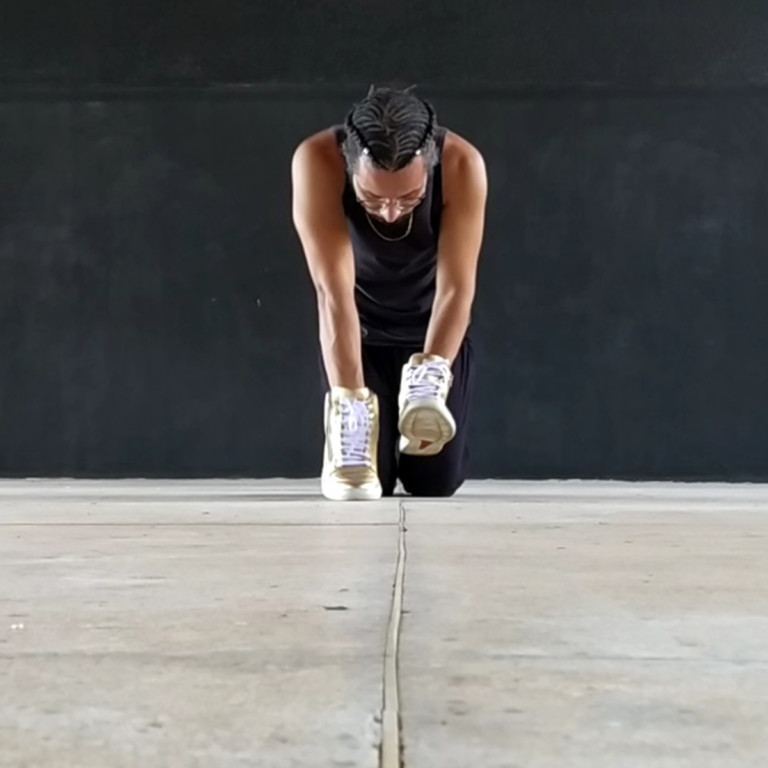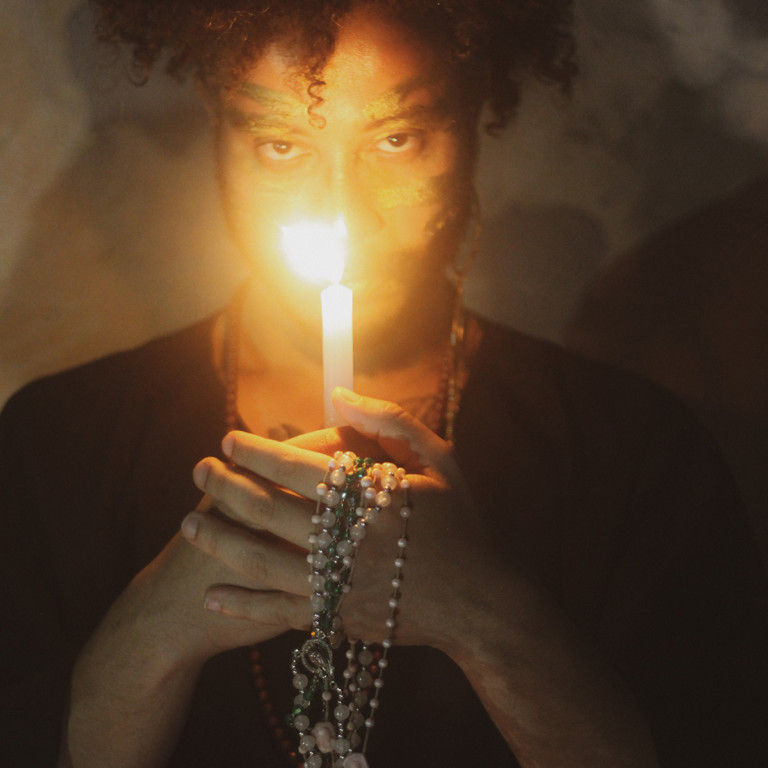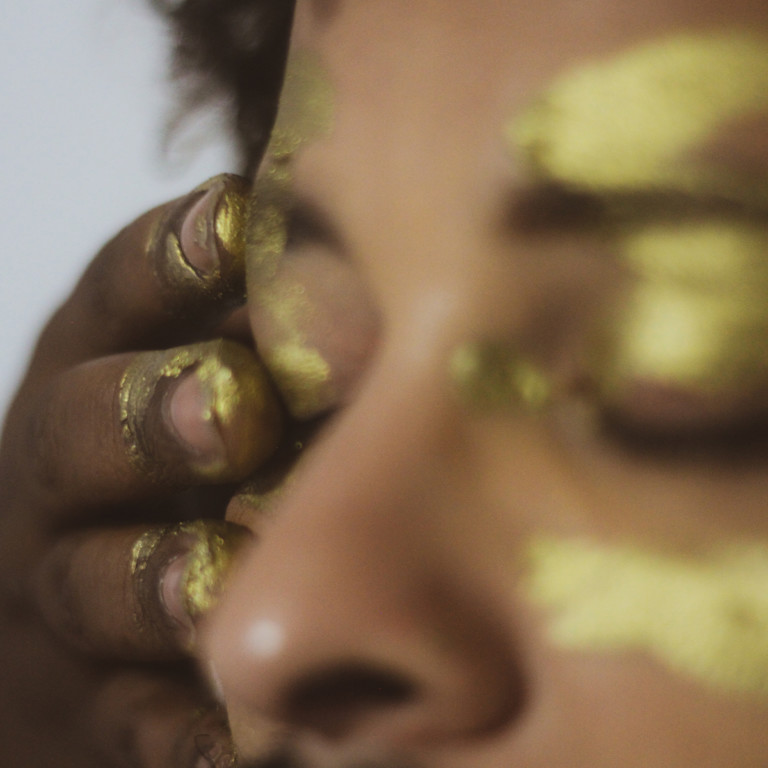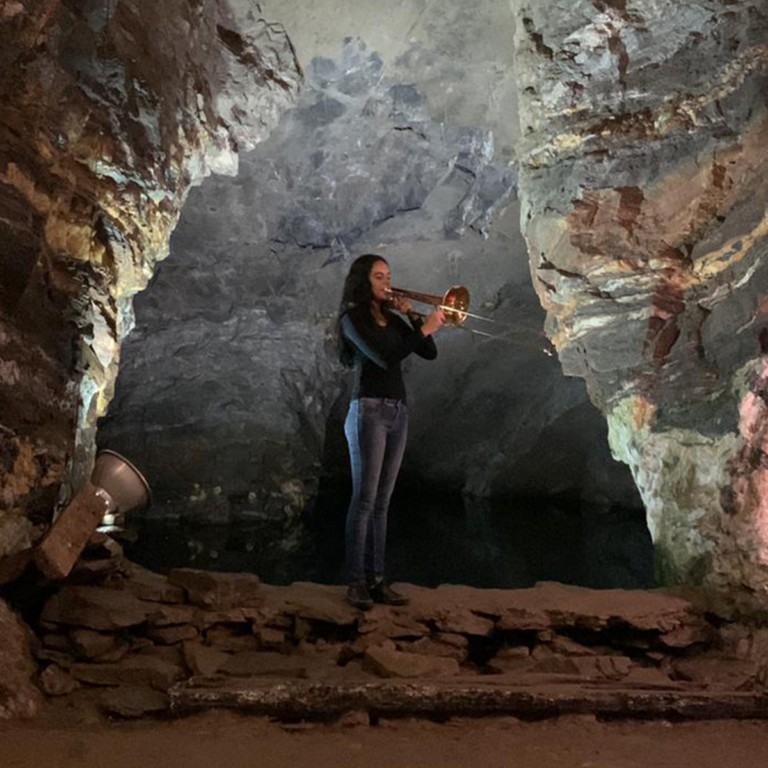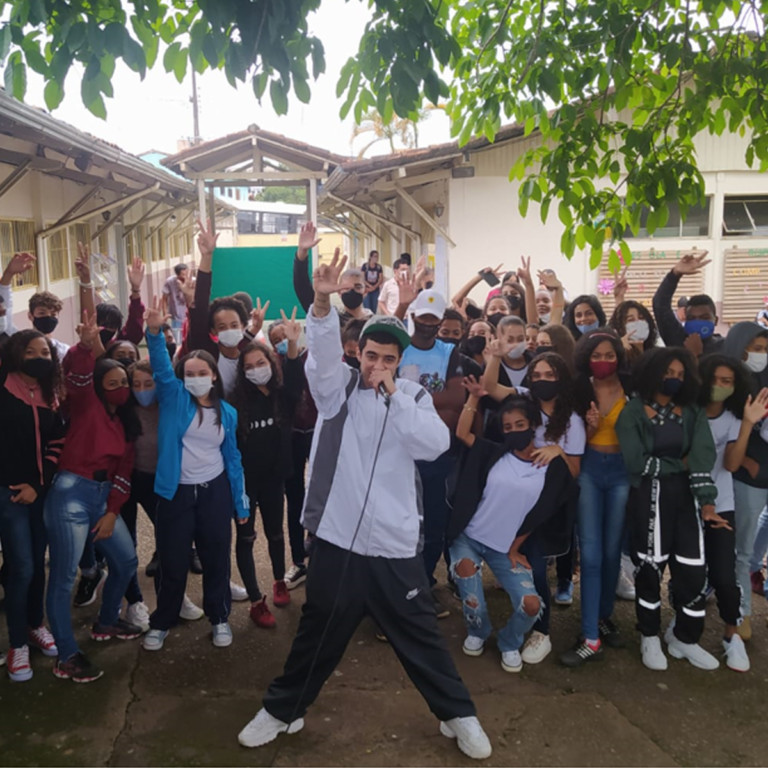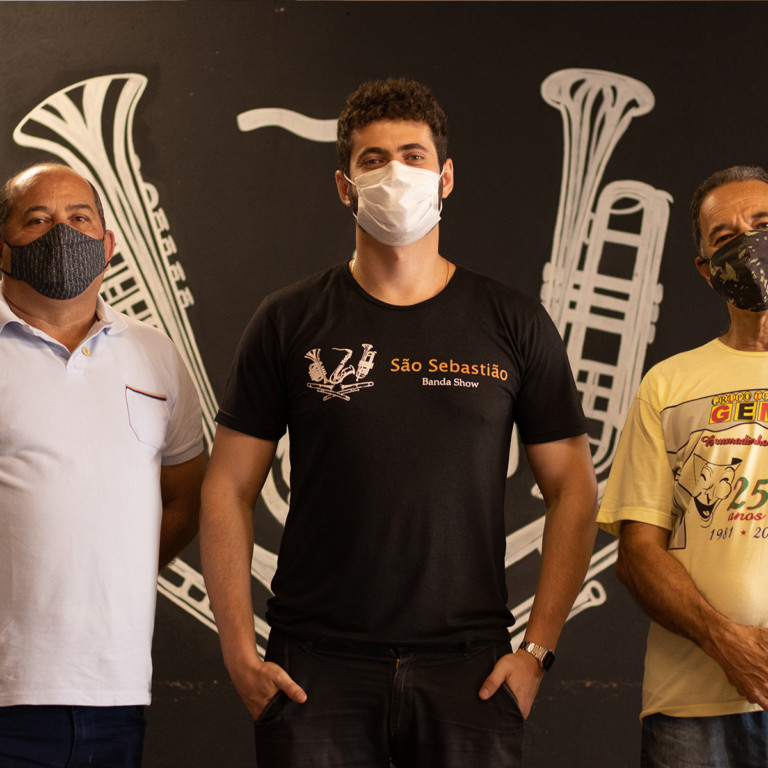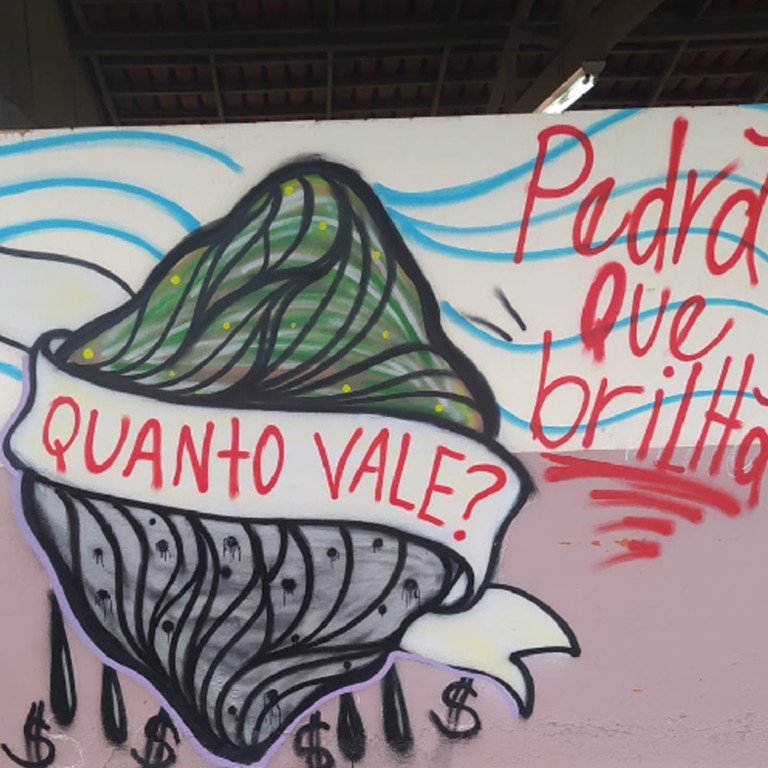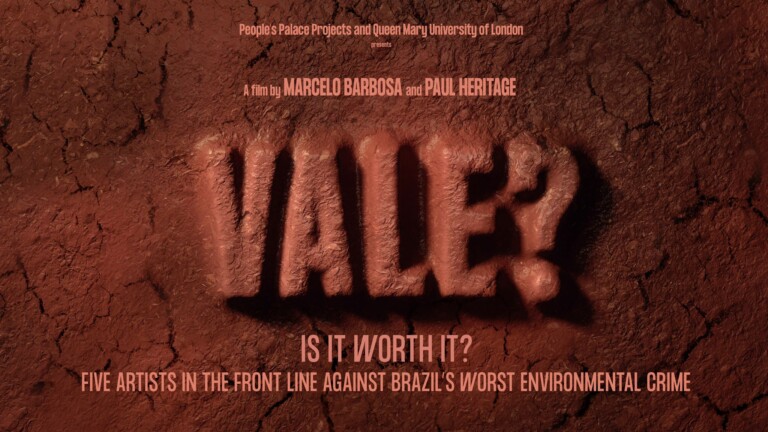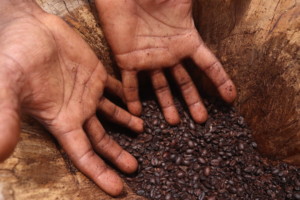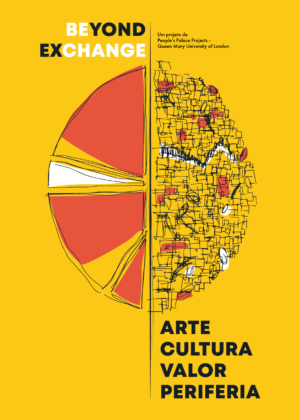Roots of Resilience: Mining Threats to Cultural Heritage and Climate
A collaborative research project assessing the cultural and environmental impacts of mining in Minas Gerais, a historic region of Brazil.
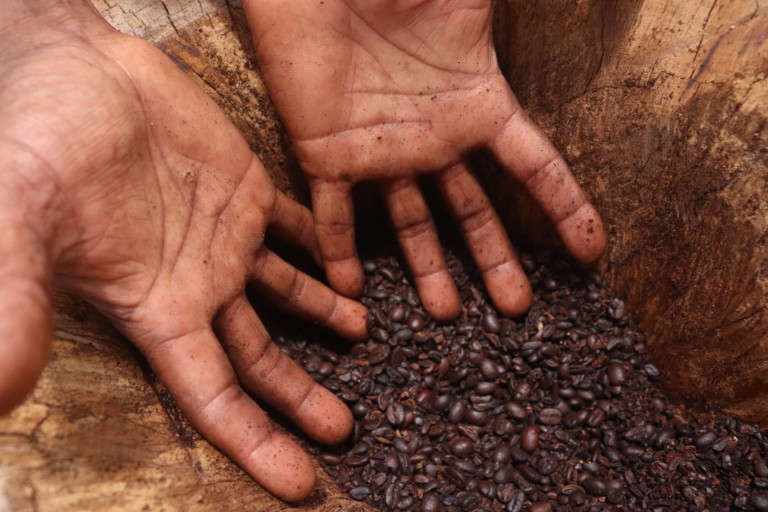
Background
Minas Gerais’ Quadrilátero Ferrífero, or Iron Quadrangle, is one of Brazil’s richest cultural, environmental and historical regions, home to two UNESCO World Heritage towns and Brazil’s largest iron ore reserves.
The Quadrilátero Ferrífero region offers centuries of history through its architecture, monuments, archaeological sites, culinary, rituals, handicrafts, religious festivals and natural resources. Yet its local communities, natural environment and rich cultural heritage are at imminent risk from catastrophic natural and humanitarian disasters resulting from industrial mining. The closure of some of these sites, due to recent major dam failures, has caused not only contamination of the environment but also the loss of thousands of jobs, affecting directly or indirectly almost one million people.
Project Overview
Despite the unique cultural and national significance of the region, to date, there has been no systematic research to measure the impact of recent disasters on the area’s cultural heritage or on the lives of its local communities.
By creating a comprehensive assessment of the heritage value and cultural references present in the Iron Quadrangle, our Roots of Resilience project addressed this need, looking to mitigate environmental risks and prevent further disasters.
Beyond this, the project explored the resilience of local communities and focused on the creative potential of local artists and their traditional practices. Another key goal was to enhance the role of cultural heritage in political and educational agendas and influence decisions by policy-makers.
Methodology
To do this, Roots of Resilience piloted a community-based collaborative research initiative in partnership with the Inhotim Institute, Latin America’s largest outdoor art collection and one of Brazil’s most prestigious contemporary art galleries, serving as a cultural hub.
Five selected local arts organisations, including artists from Quilombola communities – descendants of Afro-Brazilian enslaved people – took part in immersive arts workshops and training sessions that allowed them to co-create inventories of their cultural practices and assets. This data, these stories and this cultural knowledge are now available to local teachers, policymakers and local authorities, to help establish what role cultural heritage can have as part of a process of transformation, resilience and regeneration. Final performances by local artists also showcased the value of cultural heritage in these communities.
We surveyed more than 500 participants of cultural activities between July and August 2021. Read the summary: RoR – Short report
Meet the participants
Casa Quilombê – Brumadinho, Minas Gerais
Casa Quilombê is a cultural centre of descendants of Afro-Brazilian enslaved people that works with arts, music and literature.
Corporação Musical Banda São Sebastião – Brumadinho, Minas Gerais
Founded in 1929, symphonic band Corporação Musical Banda São Sebastião is a leading traditional music institution in Brumadinho.
Fundação Cultural Carlos Drummond de Andrade (FCCDA) – Itabira, Minas Gerais
A foundation that keeps alive the work and memories of the great Brazilian poet, Carlos Drummond de Andrade, who was born in Minas Gerais.
Grupo Atrás do Pano – Nova Lima, Minas Gerais
Grupo Atrás do Pano is a theatre company that works with local communities in Minas Gerais, with education at its heart.
Associação Cultural Clube Osquindô – Mariana, Minas Gerais
Using books and games, the cultural organisation Associação Cultural Clube Osquindô enables children and young people to access and produce culture.
Young Ambassadors Programme
At the end of the first phase, the arts organisations in Minas Gerais involved in the projected nominated five young ambassadors. Throught a mentorship programme and creative activities, these new agents, aged 15 to 27 years, are equipped with skills to advocate for the role of cultural heritage in supporting disaster and environmental risk reduction. They are now trainned to promote sustainability practices and preserve local culture in the region.
Educational Programme
Based on the research findings, an educational toolkit was created and made available for schools and education facilities in the region. Children and young people can now understand the role and value of cultural heritage and traditions in Minas Gerais and engage with climate action.
Vale? Is it Worth It? Five artists in the front line against Brazil’s worst environmental crime
As a result of this research project, in 2023 we launched the documentary Vale? (30′) directed by Marcelo Barbosa (Indianara, 2019. Mubi) and PPP’s artistic director Paul Heritage.
This is the first film in Brazil about the collapse of a mining dam that killed almost 300 people in Brumadinho to focus on the impact of this tragedy on the arts and culture of this region.
Its premiere took place in the affected area of Minas Gerais with free screenings in Belo Horizonte, Ouro Preto and Brumadinho, and later in Rio de Janeiro, Sao Paulo, London, Oxford, Manchester and South Wales followed by a conversation about the crime with the audiences.
In Vale? five local artists share their experiences, grief, worries and hope with music, poetry, rap and circus performances. The clown Jô Alves (Passagem de Mariana, Minas Gerais, Brazil), actor and theatre director Lucas Fabrício (Nova Lima, Minas Gerais, Brazil), drummer and educator Rei Batuque (community of new generations of former slaves, Brumadinho, Minas Gerais, Brazil), musician Vitor Elias (Band São Sebastião, Brumadinho, Minas Gerais, Brazil) and rapper and poet Thiago SKP (Cultural Centre Carlos Drummond de Andrade, Itabira, Minas Gerais, Brazil) – reflect about the impact of mining activity and the disasters caused by the industry on their work as artists.
Paul Heritage
‘How much is life worth? How much? How much? The pain of those who cry, how much is it worth? Generating jobs, to put food on the table, they don’t do it for you but for the company’s profit. Lyrics by Thiago SKP
The mining cited in many of the Brazilian greatest poet Carlos Drummond’s verses also permeates the art of rapper and educator from Itabira, Thiago SKP, author of the documentary’s theme song.
Thiago SKP, rapper and author of the film soundtrack
Synopsis: Through music, poetry and circus performances, five Brazilian artists talk about their grief, fears and hope four years after the Brumadinho Dam collapsed, killing 300 people.
The documentary, directed by Paul Heritage and Marcelo Barbosa (Indianara, 2019) focuses on the impact of the collapse on the artistic and cultural heritage of this rich mining region in Brazil and asks – Is it worth it?
